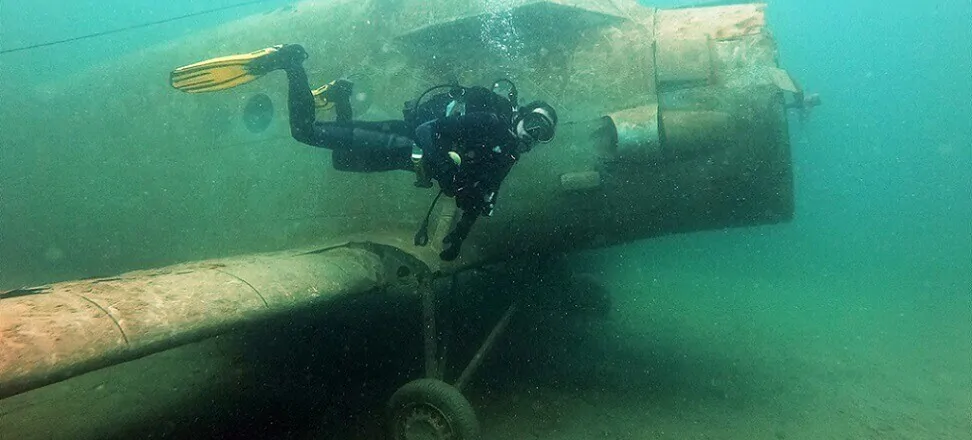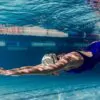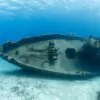Feedback
Underwater world – diving
Scuba diving has become a very popular activity over the past 10 years. It combines recreation, physical activity and communing with nature. What can we expect from diving in Polish waters and how to practice this activity so as not to harm nature? Below is the first in a series of articles on diving.
Diving in Poland – locations and conditions
Diving is possible almost anywhere, but you need to consider your diving credentials and personal preferences. In Poland, we most often immerse ourselves with equipment (aqualung) in lakes (the underwater photos presented in this article were taken in Lake Głęboki, near Międzyrzecz, Lubuskie Voivodeship, and in Lake Barlineckie, near Barlinek, Zachodniopomorskie Voivodeship. West Pomerania), in artificial water reservoirs (most often in rock excavation pits, such as Zakrzówek in Krakow, Koparki in Jaworzno, Honoratka near Konin or the Piechcin pit located west of Inowrocław), also in the waters of the Baltic Sea.
There are also other forms of diving, available after acquiring a number of licenses, such as cave diving. It is less frequently practiced in Poland due to the limited availability of sites that meet the diving criteria. The level of skills one possesses and the authorizations obtained in one of the diving organizations (there are several organizations training divers in Poland, as they are referred to), as well as the availability of infrastructure, are indicators of the possibilities in this area.
Diving, due to the need for specialized equipment, was until recently quite limited. In the 2000s, access to training and necessary equipment increased significantly. The presence of points for filling diving cylinders with compressed air or a mixture of gases is important, limiting the possibility of diving in bodies of water near which there is no such infrastructure. For example, a 15-liter diving cylinder, filled with 3,000 liters of atmospheric air and being one of the most commonly used, allows you to stay underwater for about 60 minutes. This, of course, depends on the depth of the dive and the level of skill one possesses, which in turn has a bearing on individual air consumption, which also depends on personal conditions and the physical condition of the diver.
That’s why so-called “dive sites” are being developed in or near dive-attractive areas. Diving centers or bases, offering cylinder filling services, equipment rental, and providing sanitary facilities and additional services (such as training). There are not many such points in Poland, located directly on the waters, especially compared to other countries boasting access to water with good diving conditions, such as Egypt and Croatia.
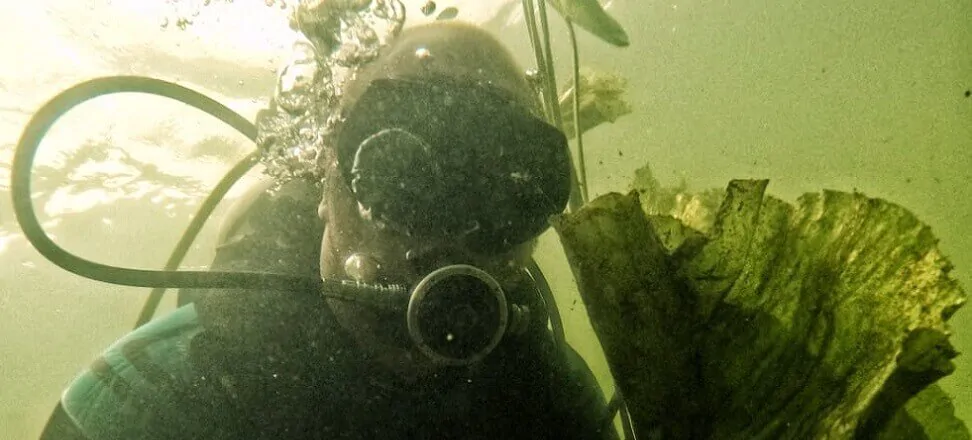
Polish waters, from a diver’s point of view, are characterized by limited visibility (underwater visibility), a short summer season and little biodiversity, which means that not all practitioners of the sport choose to explore them. That’s why the so-called “new” development was quite strong. Dive tourism, aimed at individual or organized diving trips to other parts of the world. Of course, diving in Poland during the cold season is also practiced, but has a limited number of supporters.
As you can see, the condition of the water is also important for tourist attraction in this area.
What can you see while diving?
Diving in lakes in Poland can provide many experiences. Depending on the reservoir and its condition, we can enjoy underwater meadows and find many species of fish or crayfish. Most common species (roach, perch) are found, but also tench and pike. Eels can be observed during night dives. At night, the fish are mostly less mobile, making them easier to observe.
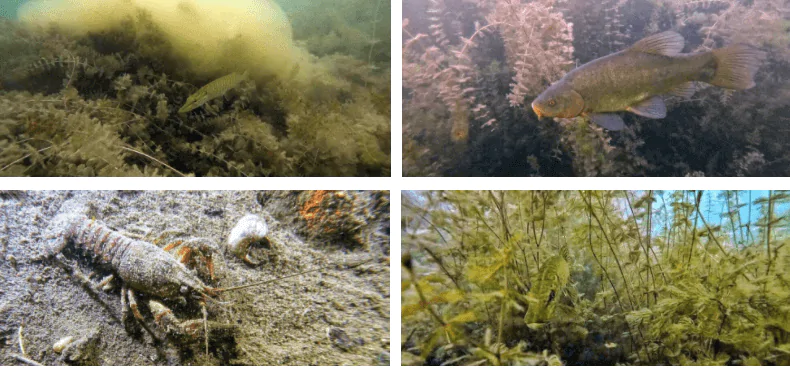
In the waters of Polish lakes, in addition to native flora and fauna, we encounter environmentally undesirable elements such as garden gnomes, wrecks of means of transportation (cars, planes, bicycles, wrecked vessels) and other “exhibits.” These items end up there not only because they are disposed of as waste, which of course is unacceptable, but unfortunately they are often sunk intentionally as an underwater attraction.
So how should we use water so as not to harm it? First of all, let’s observe the rules and restrictions in force in a given body of water, for example, due to the establishment of protected areas. In these cases, it may be worth changing the location of underwater penetration so as not to harm valuable ecosystems. We should also avoid getting too close to the objects under observation so as not to damage them. This is especially true for inexperienced divers. During buoyancy problems, bottom sediments can be stirred up, which will further enrich the water with substances deposited in them and worsen its condition. We also do not scare the fauna. When practicing this form of recreation, pay attention to the coastal zone (trampling, destruction of vegetation and thus habitat). We propose to use existing and regularly frequented water entrances so as not to cause further transformation.
Diving can help identify water conditions or existing problems through underwater observation. Often water reservoir cleanup campaigns are organized, during which waste is collected and disposed of. The presence of divers can also be used to identify invasive alien species that can cause environmental damage.

 Polski
Polski
